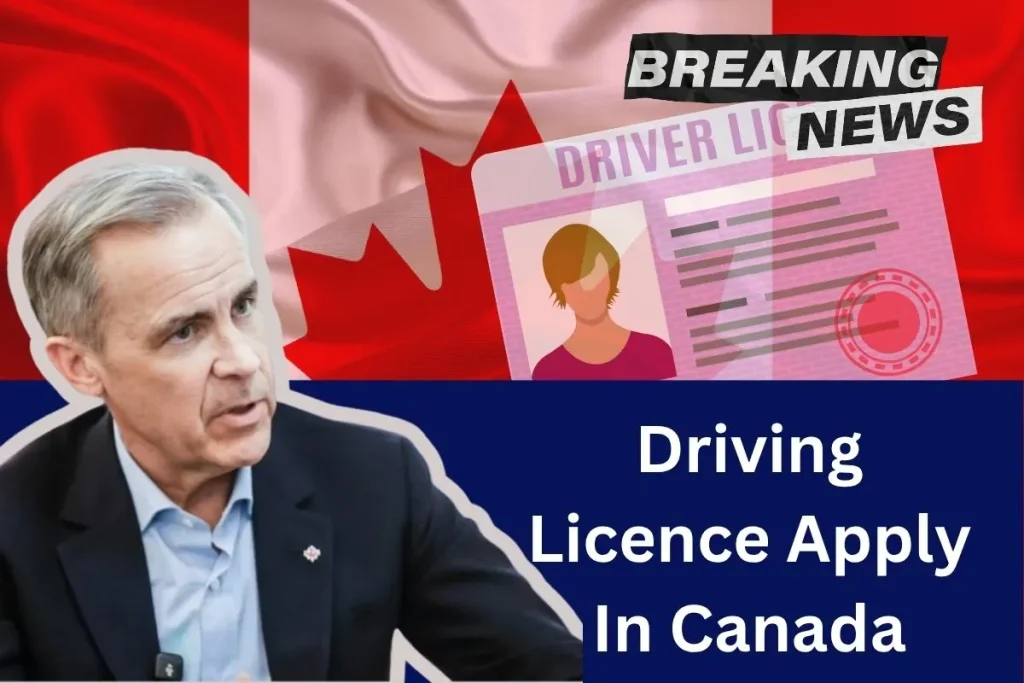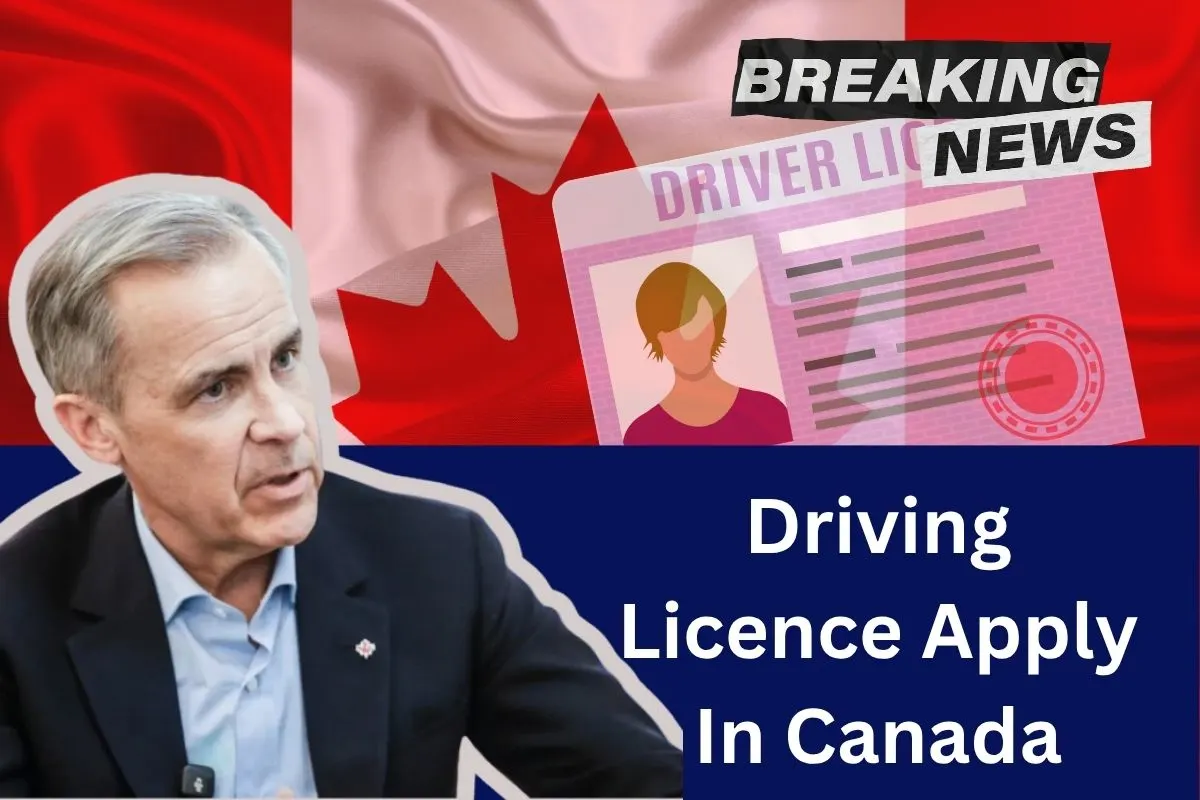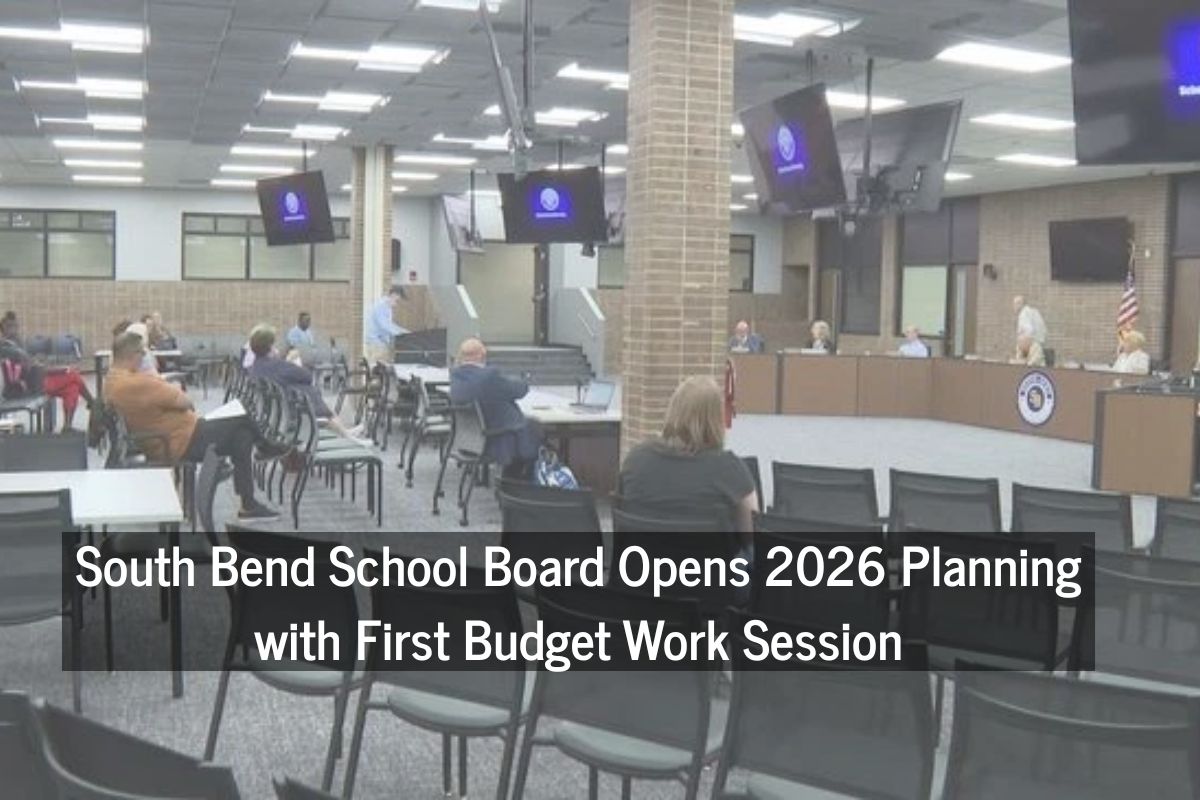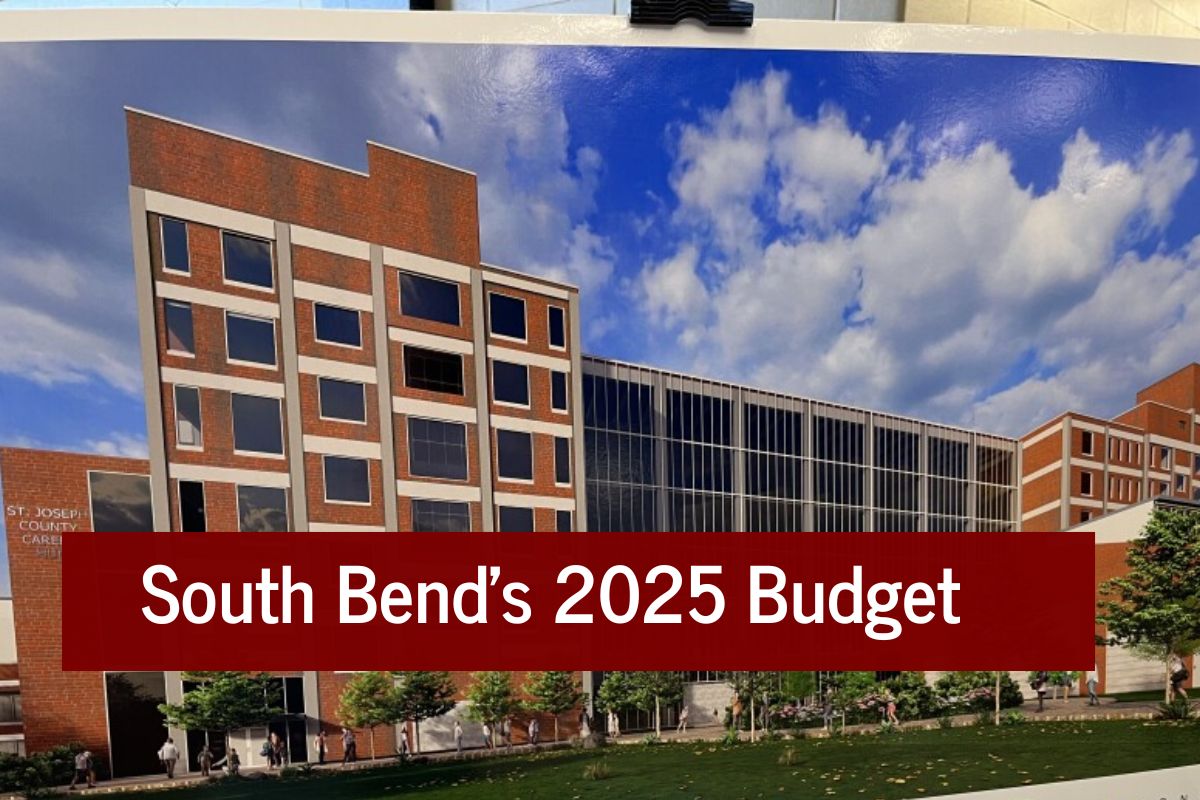To apply for a Driving Licence to drive in Canada involves wading through provincial regulations which differ greatly across Canada’s 10 provinces and three territories. Each province has their own requirements for fees, application, and procedures, which makes it crucial for residents and newcomers to be aware of how local Licence systems work. The procedure typically follows a graduated licence for drivers (GDL) method that goes through several stages, from learners’ permits to full Licence, which ensures that drivers learn proficiency gradually and are safe.
The majority of states will require that the applicant be 16 years old in order to get an learner’s permit. However, certain jurisdictions such as Alberta permit applications at a young age of 14 of age. The entire procedure for applying includes written examinations, screening for vision road tests, as well as other requirements for documentation which must be met prior to getting full driving privileges.
Driving Licence Apply In Canada
Some provinces committed to a graduated licensing system, meaning that the new drivers enter the stages (learner-intermediate-full) depending upon their test scores and the time length that they have driven.
In Canada driving licences in Canada can be issued through the territorial or provincial governments instead of a federal central agency. In order to apply, you’ll have to deal with the local transportation department or motor vehicle department (for instance for instance, the Drive Test centres in Ontario or the registry offices located situated in Alberta).
If your licence from a foreign country is suitable for exchange, or if a contract was signed, you might be eligible to skip certain tests or receive credit for experience.
Canadian Driving Licence System Overview
| Aspect | Details |
| Minimum Age | 14-16 years (varies according to the province) |
| Licence Classes | The class 1-7 (commercial to the student) |
| Licence Fee | $30 to $50 |
| Testing Requirements | Test of vision, knowledge road test |
| Graduated System | 3-stage progression that spans 3plus years |
| Renewal Period | 5-year-olds (typical for the majority of provinces) |
| Documentation | ID, proof of residence Medical forms, ID |
| Official Websites | http://drivetest.ca/, www.alberta.ca |

Canada Driving Licence New Eligibility Requirements 2025
Age Requirements by Province
The minimum age requirement for driving licences are uniform across all Canadian provinces, although there are some exceptions. Alberta allows learners’ licences as young as 14 years old, which makes one of the earliest beginning ages in the nation. Ontario, British Columbia, and many others require that applicants be 16 years old in order to get learners’ permits. Commercial licences in provinces require drivers to be between 18 and 19 years old. older, based on the class in which they are licenced.
Medical and Vision Standards
Recent changes to Canadian driving rules have brought in stricter medical exam requirements specifically for seniors who are over 70. Beginning in the fall of 2025, seniors will have to undergo regular medical and vision tests prior to renewing their licences. All applicants must pass vision tests which typically require 20/40 vision in the most ideal eye with the use of corrective lenses. Commercial licence holders must undergo periodic medical examinations to ensure they maintain their driving rights.
Residency and Documentation
Candidates must show the legality of their province or territory using acceptable proof of identity documents. Newcomers to Canada generally have between 60 and 90 days to apply for an official provincial licence once they have established residency. The required documentation is passports or citizenship documents, immigration papers for newcomers, as well as evidence of current residence like bank statements or utility bills.
Canada Driving Licence Updated Fee Structure Across Provinces
Ontario Licence Fee
Ontario has one of the most costly licensing system in Canada, The complete G-package costing around $160 for knowledge test G2 road test and the 5-year licence. Each component costs one-dollar for the G1 test of knowledge, $53.75 for the G2 road test, $91.25 for the full G road test and $90 for a five-year licence card.
British Columbia Fee
British Columbia through ICBC offers the most affordable test fees, with knowledge tests costing around $15 per test. The photo licence costs $10. renewal fees range from $75 to $85 for a typical time. Road test costs vary depending on the test type and the vehicle class that is being examined.
Alberta Fee Structure
Alberta’s registry system offers knowledge tests starting at $17 for each test, with the basic class 5 road tests costing $135 to 140, based on the test place. A five-year renewal of a licence costs $93, which makes Alberta’s total cost competitive with other provinces.
Quebec and Other Provinces Fee Structure
Quebec operates under SAAQ which offers knowledge tests starting at $13.20 while road exams starting at $78.45 and annual and issuing fees. Manitoba has some of the lowest prices with the knowledge tests costing $10 and 30 road tests to obtain Class 5/6 licences. The total cost ranges from $120 to $350 across all provinces when moving from learner to full-licence status.
A Canadian driver’s licence program demands an attentive understanding of provincial laws, and there are huge differences in terms of fees, requirements and processing time across jurisdictions. Understanding these differences is essential to obtain a licence successfully regardless of whether you are a first-time resident or a newcomer to Canada. The graduated licensing model assures safety for drivers through gradual improvement in skills, but it will require patience and dedication to complete the whole 3-year process. Recent changes, specifically in regards to requirements for senior drivers and heightened medical standards, show Canada’s dedication to maintaining road safety and addressing diverse requirements of drivers. Potential drivers must research the specific requirements of their province make a budget for any related costs, and plan carefully for each test stage to ensure that they obtain a valid licence.
Frequently Asked Questions
What documents will I need to obtain the Canadian driver’s licence?
The most important documents are government-issued photo identity documents (passport or citizens card) and proof of residence status as well as proof of current residence (utility bills or bank statements) as well as any prior driving records, if any. International applicants must bring translations of their driving records and documents for immigration. Forms of parental consent are required for those who are under 18 years of age.
How long will the whole licensing process last?
The whole process generally requires a minimum of three years to move from a learners permit to full, unrestricted licence. Learner’s permits need to be held for a minimum of 12 months prior to road testing and then followed by a period of 24 months of driving on probationary basis. Certain provinces offer speedy courses through approved driver education classes that reduce waiting times by 3 to 6 months.
Are I able to drive into other states using my licence?
Absolutely, Canadian province licences can be recognized throughout all territories and provinces for visits or temporary stay. Permanent residents have to apply for a new licence within 60 to 90 days after establishing residency in another province. Commercial drivers must verify that they are recognized by the province for specific endorsements and classes of licences.















